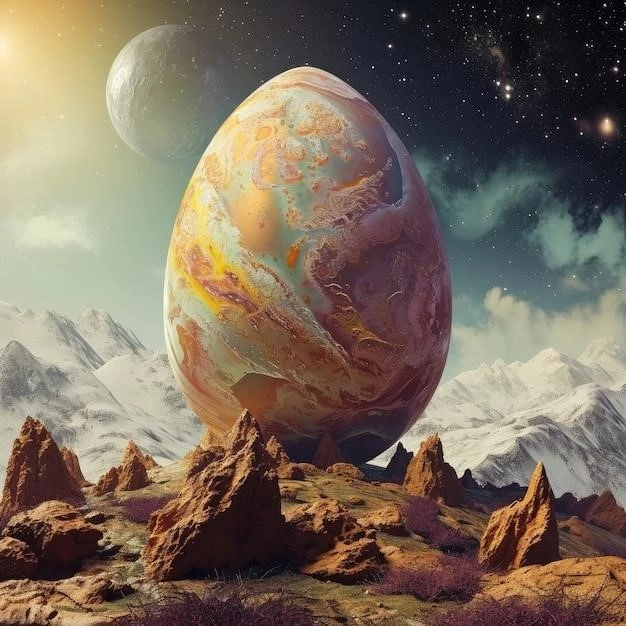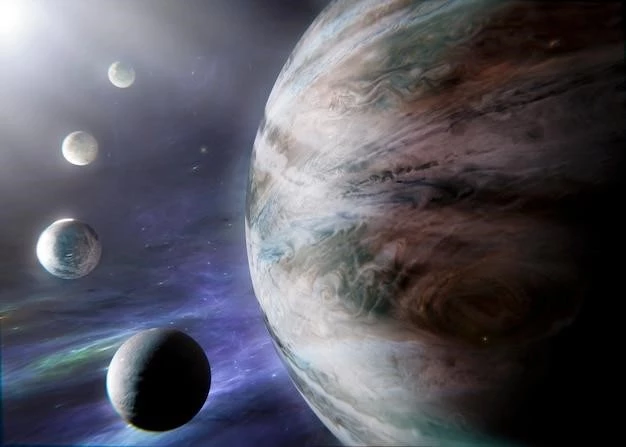For millennia, the biggest planet humanity knew of was Jupiter; With a diameter of roughly 86,881 miles, Jupiter is an undeniable giant. However, the last few decades have opened our eyes to the vastness of the universe and the incredible variety of planets it contains. Since the discovery of the first exoplanet in 1992, astronomers have found thousands of planets outside of our solar system, and some of these dwarf even Jupiter in size.

Defining “Biggest”
Before we delve into the largest planets, it’s important to define what we mean by “biggest.” When talking about planets, size can refer to two things:
- Radius: This refers to the distance from the center of the planet to its outer edge. A planet with a larger radius will be physically wider than a planet with a smaller radius.
- Mass: This refers to the amount of matter a planet contains. A more massive planet will have stronger gravity than a less massive planet, even if they have the same radius.
Some of the largest planets by radius are not the most massive, and vice versa. This is because a planet’s density plays a significant role in its overall size and mass. For example, a gas giant might have a very large radius but a relatively low density, meaning it wouldn’t be as massive as a smaller, denser rocky planet.
Giants of the Galaxy
With that in mind, let’s explore some of the biggest planets discovered so far:
1. ROXs 42Bb
This gas giant, located nearly 500 light-years from Earth, is considered to be one of the largest known planets; While its exact size is still being debated, estimates suggest its radius is about 1.12 times that of Jupiter. However, it is much less massive than Jupiter, indicating a very low density.
2. HAT-P-67 b
This planet takes the crown for the lowest density among known planets. Despite having twice the diameter of Jupiter, HAT-P-67 b is only one-third its mass. This incredibly low density makes it a fascinating target for study.
3. TrES-4b
Discovered in 2006, TrES-4b was one of the first “puffy planets” ever found. It has a radius about 1.7 times larger than Jupiter’s but is less massive. This low density, coupled with its proximity to its host star, gives TrES-4b a very low density and a “puffed-up” appearance.
4. WASP-17b
Another puffy planet, WASP-17b is estimated to be nearly twice the size of Jupiter but only half its mass. It is one of the largest exoplanets known in terms of radius and is notable for its retrograde orbit, meaning it orbits its star in the opposite direction of the star’s rotation.
5. b Centauri (AB)b
This massive planet orbits a binary star system and is notable for challenging previous assumptions about planet formation. It is about 10 times the mass of Jupiter and orbits its stars at a distance 100 times greater than the distance between Jupiter and the sun. This discovery suggests that large planets can form in much more hostile environments than previously believed.

The Search Continues
The discovery of these massive worlds highlights the incredible diversity of planets in the universe. As technology improves and our understanding of planetary formation grows, we are likely to find even larger and stranger planets. The study of these giant planets provides valuable insights into the processes that govern planetary systems and helps us better understand our own place in the cosmos.










